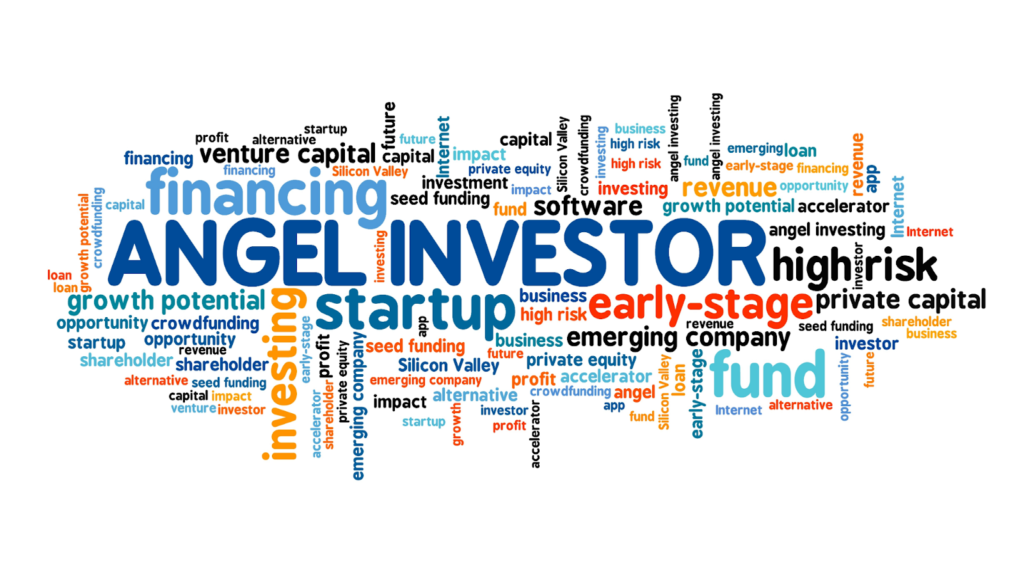With the passage of the JOBS Act in 2012, the opportunity to invest in start up ventures expanded to more investors who meet accredited investor criteria.
JOBS also means you don’t have to be Mark Zuckerberg’s roommate to get in early if the startup matches your investing rules. But if you don’t have a business degree, a series 7 financial services license or other background in the financial markets, particularly in angel investing, costly missteps could derail your goals.
It’s not as simple as getting into a basic kickstarter. If the vocabulary alone trips you up, you’re not alone. Here’s a quick intro to the JOBS Act, and regulated crowdfunding.
The JOBS Act Jumpstart Our Business Startups Act
Most entrepreneurs will tell you “jobs” stands for “Just Over Broke Suckers”. It’s what drives them to create, invent and innovate. But in light of a slow recovery from the 2008 financial markets collapse, several bills designed to address crowdfunding opportunities while preventing fraud, and meeting the needs of emerging growth companies.
The JOBS Act was the result of a bipartisan effort and President Obama signed it into law on April 5, 2012. The legislation made it easier for companies to raise capital and stay private longer before going public.
Here are just a few of the things you need to know before wading into the angel investing waters.
Accredited investors
There are specific requirements to become an angel investor, which is referred to as “an accredited investor”. For individuals who are not licensed or registered in financial services, it means you have individually or jointly with your spouse at least $1,000,000 above and beyond the value of your home; or have an income exceeding $200,000 annually for the last 2 years, or jointly over $300,000. The complete list of accreditation requirements can be found https://bit.ly/2T8GBTf [source: SEC]
Crowdfunding
Crowdfunding origins in some ways date back to war bonds as a means to fund military conflicts clear back to the 1700s. [source: wikipedia] Cooperative movements where communities pooled resources to build infrastructure and to fund the construction of the base for the Statue of Liberty when government resources failed to come through demonstrate the effectiveness of crowdfunding at the grassroots level..
In 1996, I headed up a public relations campaign for Misty, a 26 year old woman who needed a liver transplant. She set up donation jars at convenience stores, and counted on me to write news articles and get her story out there. Her story was seen by a member of a foundation who anonymously donated the needed $180,000 and Misty was able to recover from what would have been a terminal disease otherwise. That was “old school” crowdfunding.
When I saw the GoFundMe campaign, I marveled at the ease in getting a story out there to create awareness and draw needed funds. Back then, my investing attention was on trading options and helping others get into the learning process on self-directed investing.
On the business side of internet-based crowdfunding, Kickstarter is the most well known. Launched in 2009, the company promoted itself appealing to artists, researchers, inventors and entrepreneurs and even today touts “No more 100 page grant applications”.
Today there are many more companies serving the crowdfunding market, including Kickstarter, OurCrowd, Indiegogo, SeedInvest Technology, StartEngine, Patreon, Mightycause and GoFundMe, to name a few.
But if you’re going to do more than just dabble in the crowdfunding space, you should also know about regulations governing crowdfunding today..
Regulation A
Under the JOBS Act, Regulation A allows companies to raise up to $50 million in a 1 year period exempt from registration requirements by the Securities and Exchange Commission. Documentation for investors is still required.
In 2015 an update to Regulation A was made to allow companies two different paths to raise funds.
Tier 1 allowed companies to raise a maximum of $20 million in a 1 year period in 2015; previously the limit was $5 million. While companies in tier 1 are exempt from from filing continual reports, they still have to issue a report on the final status of their offering. This filing allows the SEC to review and vet the company before the company can advance to tier 2 offerings to raise the maximum allowed under Regulation A.
Tier 2 opens up to the $50 million ceiling within that same 1 year period without the exemptions that tier 1 allows. There are significant filing requirements for the company in order to qualify for tier 2. The process is not as complicated as an IPO, but it does require going through the SEC approval process.
Bottom Line:
Investing in startups is no longer a wild-wild-west proposition. While the risks are significant, given the high start-up failure rate, the JOBS Act created a more effective and workable path for entrepreneurs to raise capital and investors to leverage the opportunities.







1 Comments
Great goods from you, man. I’ve understand your stuff previous to and you’re
just extremely excellent. I really like what you’ve acquired here,
really like what you’re stating and the way in which you say it.
You make it entertaining and you still take care of to
keep it wise. I cant wait to read much more from you.
This is really a tremendous site.